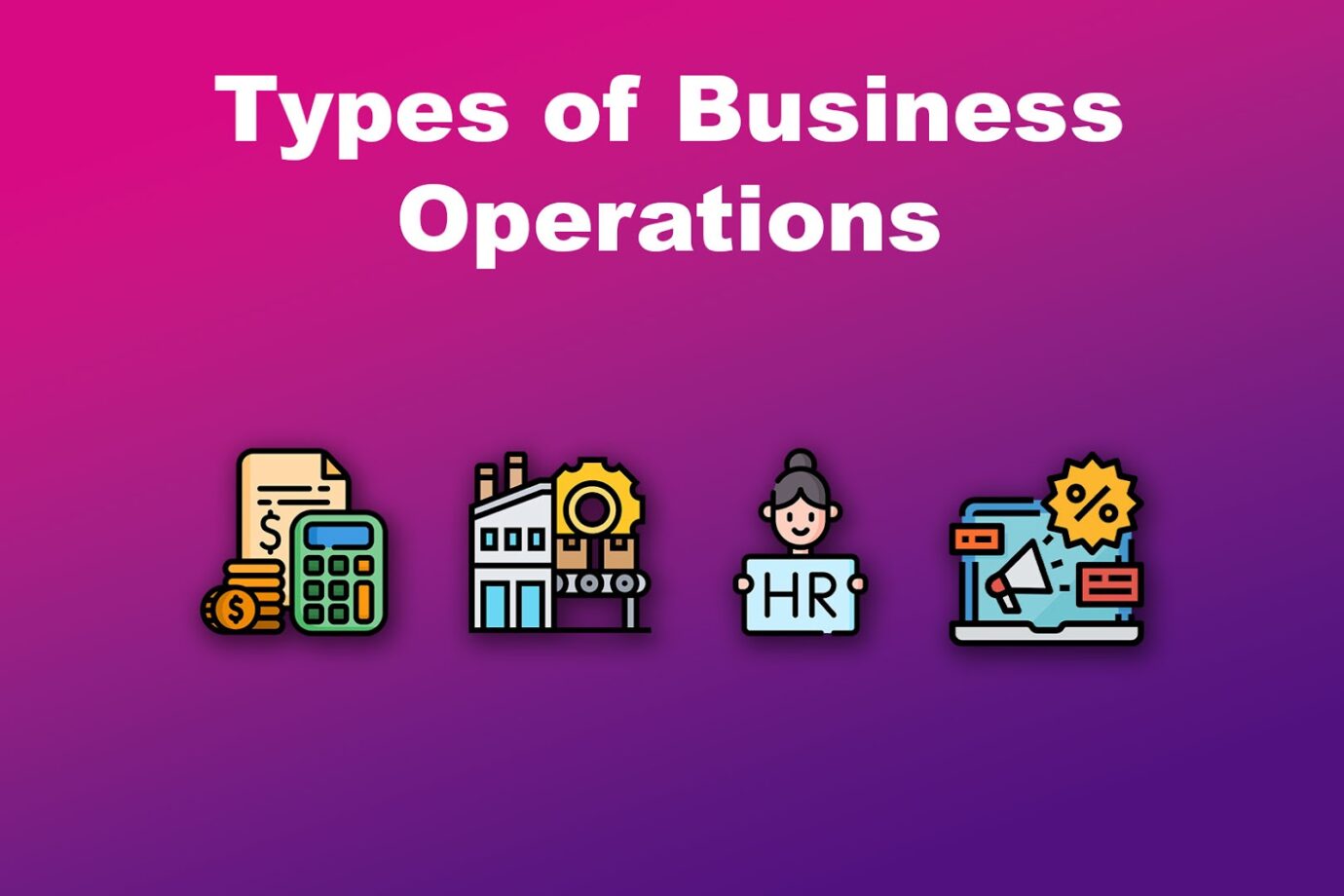Various factors determine the success of a business, including having solid finances and a skillful team. But two things in particular can help an organization reach its goal. These are business strategy and operations.
This article will examine the relationship between business strategy and operations while delving into what each means. Keep reading to also learn the difference between strategy vs operations. Without further ado, let’s get into it!

Business Strategy Definition
A business strategy refers to a plan put forth to achieve a company’s long-term goals. This includes the organization’s decisions and actions to reach its vision. A good business strategy helps a company remain competitive in the market.
A strategy focuses on creating value for customers, employees, and suppliers. Since a strategy is considered the backbone of a company, any shortcomings affect the possibility of a business getting its desired outcome.
Learn more about a business strategy from Havard Business School online.
Business Operations Definition

Business operations define the company’s actions to grow its profit and overall value. Through operations, a business puts its strategy into practice. Operations vary according to the size, type, and industry a business is in. For example, an online retail store operates differently from a software development company.
These are the three categories of operations:
- Technology and Equipment.
This is the equipment required to execute a company’s functions. A good example is new servers and software. - Business Processes.
These actions and activities, such as marketing campaigns, are critical to a company’s functioning. - Human Resources.
As the name suggests, these are the employees implementing the business operations.
What Is the Relationship Between Business Strategy and Operations?
The relationship between business strategy and operations is that a strategy requires operations to be implemented. A strategy is just an outline defining what should be done to achieve a business goal. After outlining the plans, operations are put in place to execute the strategy.
For example, a business’s long-term objective is to provide accessible and affordable products. This is the strategy. Then, the formulated operations series should aim to maximize value at a reasonable price compared to competitors.
At the end of the day, operations should align with the business strategy.
What Is the Difference Between Business Strategy and Operations?
The difference between business strategy and operations is that strategy plans are broader than operational plans. Strategy outlines a vision and plan for achieving objectives. Meanwhile, operations focus on the actual things to do, like scheduling and distributing resources to deliver products or services.
Here is a table highlighting the differences between business strategy and operations:
| Differences | Strategy | Operations |
| Duration | Set for long-term goals, for example, 3-5 years. | Outlines what you’ll be doing in the short term (mostly per year) to achieve the goals in your strategy. |
| Area of Focus | Designed for the whole business in general. | Focuses on the things specific departments should do in detail. |
| Modification | A strategy should be foolproof and not susceptible to minor changes. | An operational plan is more flexible and can be re-evaluated monthly if it aligns with long-term business goals. |
| Leadership | The executive, management team, or the board of directors are responsible for creating a strategy plan. | Various departments with different leaders handle operations. |
Read more about what makes a good operational strategy from LinkedIn.
5 Benefits of Aligning Business Strategy and Operations
Here’s a closer look at the benefits of ensuring business strategy and operations are aligned:
- Get a Competitive Edge.
Aligning strategy and operations enables a business to respond quickly to customers, market, and technological changes, giving an enterprise a competitive advantage. - Boosts Efficiency.
Businesses can maximize resources and reduce overall costs by aligning operations and strategy. Efficiency is achieved through streamlining key processes, thus improving effectiveness in specific outputs. - Improves Profits.
A business eliminates redundancy and waste of resources by having shared objectives, thus boosting its profit margin. - Increased Customer Satisfaction.
A business can effortlessly understand and meet customers’ needs when business strategy and operations are aligned. By defining customer satisfaction in your business strategy and how it relates to your goals, operations can actively work to fill the specific gap. - Better Decision Making.
Linking business strategy and operations ensures all decisions are made in favor of the organization. All teams understand the long-term objectives, and every operation helps fulfill the goals.
Once your business strategy is aligned with your operations, you can scale your operations with ease.
4 Types of Operations in Business

There are 4 main business operations types: production, marketing, human resources, and finance. These are known as the core operations important in a business functioning.
However, some supporting operations don’t directly generate revenue but are essential. For example, public relations and shipping.
Here are the 4 core types of operations in business:
- Production.
This operations department creates finished goods and services through which the business can earn revenue. Production involves idea conceptualization, product development, testing, and improvements. - Marketing.
Marketing aims to promote the business to potential customers while creating brand awareness and demand. It involves market research, promotions, and monitoring competition. - Human Resources.
The main function of human resources (HR) is managing people who help run day-to-day operations. A business can promote employee well-being and create a positive work environment through HR. - Finance.
This department is responsible for managing financial resources and ensuring overall business stability. The work of finance is putting business resources to good use to ensure it remains profitable.
Planning to digitize your business processes? Discover how to do it the right way here.
Tips for Improving Business Operations
These are some important tips to improve business operations:
- Automate.
Repetitive work can easily become monotonous and boring, thus decreasing employee productivity. To avoid this, use tools such as AI to streamline and automate processes. - Provide Necessary Training.
Training and employee development will help improve top talent while ensuring your business keeps up with the changing market. The goal is to equip your team with the skills and expertise they need for future roles. - Outsource.
Consider outsourcing to improve operational efficiency. Through outsourcing, you can maximize in-house talent so employees can focus on crucial functions. Through freelancing platforms, you can get skilled personnel offering professional services as a career path. - Track and Measure Performance.
Stay on top of performance data to note the areas that need improvement. The insight collected will help you know which resources each sector needs. - Encourage Teamwork.
Collaboration between employees and different departments allows people to share ideas, information, and feedback. The best way to encourage teamwork is to communicate effectively. - Cut-cost Where Necessary.
Cost-cutting initiatives are good for boosting profitability, especially during tough economic times. Also, these extra resources from one department can be used to grow another area.
Discover ways of improving business operations staff performance from LinkedIn.
After improving your operations, scaling your sales team is the next step to achieving your business goals.
Business Strategies and Operations Are Crucial
Business strategy and operations run hand-in-hand to ensure an organization achieves its objectives in a timely manner. For a business to run smoothly, the two must be streamlined since one is the blueprint and the other the execution process.
By aligning operations and strategy, a business can boost profit, increase efficiency, and remain competitive in the ever-changing market. To improve operations, a business should look beyond its internal resources and outsource and automate whenever necessary.